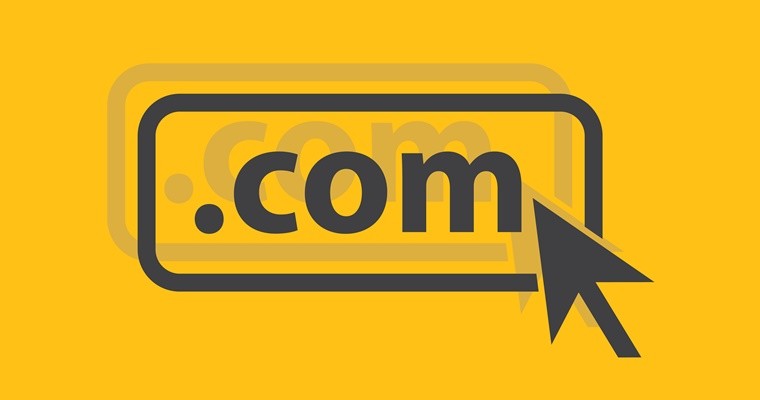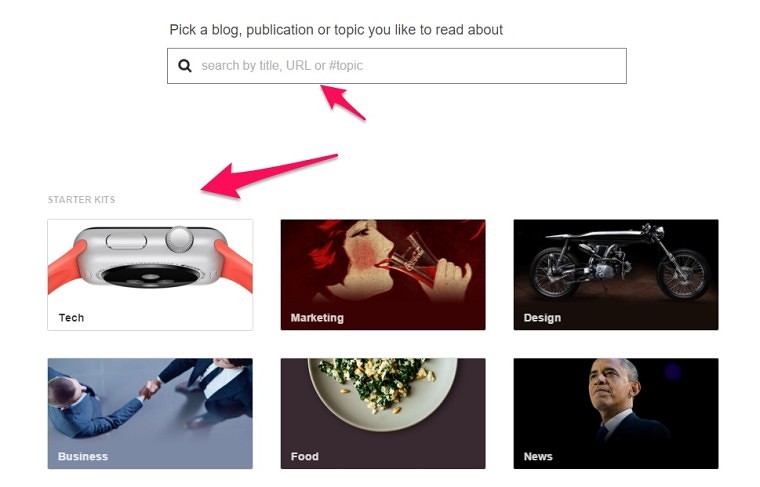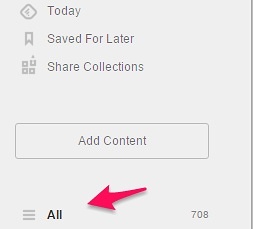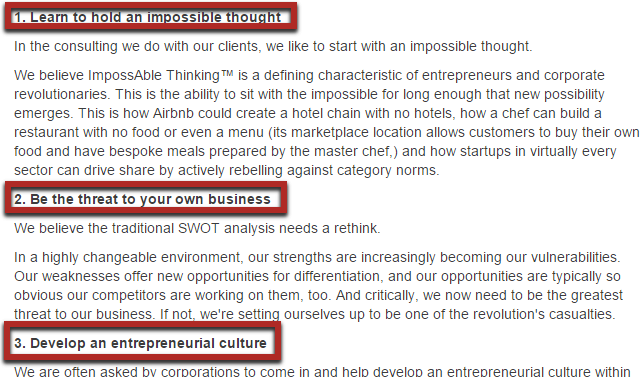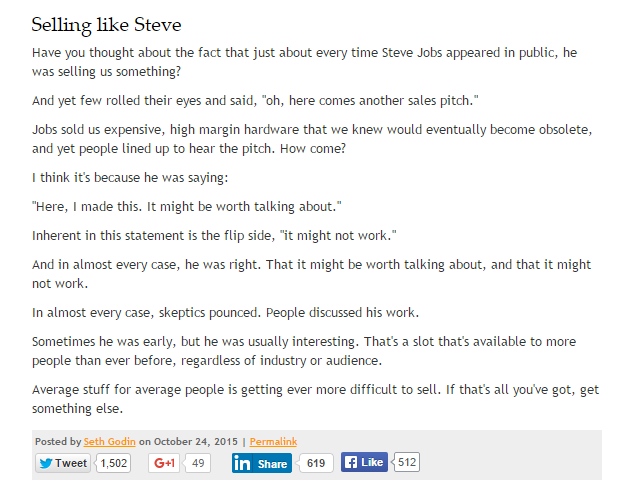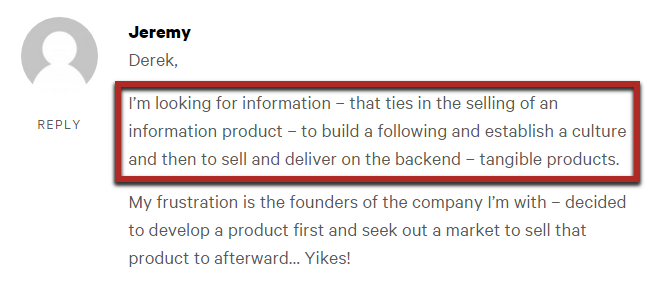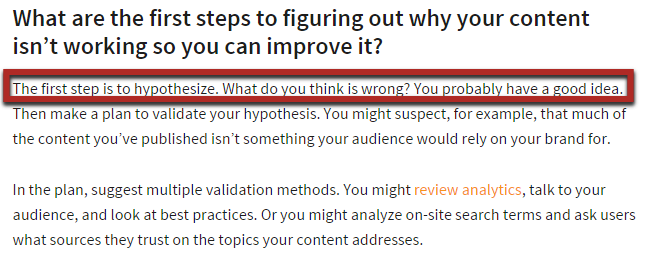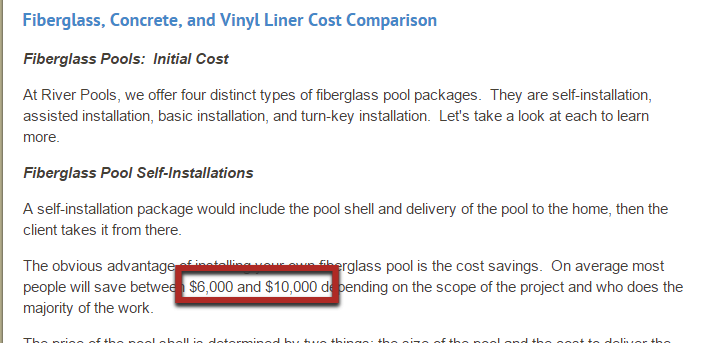
In today’s special edition of Marketing Nerds, Executive Editor Kelsey Jones talks with GoDaddy‘s VP of Engineering, Charles Beadnall, and SVP of Domains, Mike McLaughlin, about some really cool stuff surrounding GoDaddy’s search engine, its effect on the company’s bottom line, and how it’s able to help their end users.
Here are a few transcribed excerpts from our discussion, but make sure to listen to the special podcast recording to hear everything:
GoDaddy’s Recommendation Engine
If you’ll rewind a couple of years, search was a much easier challenge in the domains business. There was a handful of what we call top-level domains that we’re all used to, com, biz, net, org—the Internet that we’re used to.
Starting a couple years ago, a couple of things were happening: One was that hundreds of new top-level domains—the extensions to the right of the dot—were about to be introduced into the global domain name system. With that, search was going to get a lot more complicated.
Number two; from a GoDaddy standpoint, we were basically a domestic company serving customers largely in the United States in English, and we were about to go global and start serving customers around the globe in different languages.
Number three; with well over 100 million .coms taken globally—today we sit here with nearly 300 million domain names taken across the planet in all the different top-level domains—getting the exact name you wanted was getting harder and harder. With that, we said, as the world’s largest seller of domain names, we have to make sure that we do a better job on behalf of our customers, who are typically tiny, tiny, little, small businesses just starting out, on being able to get the perfect name so they can get going on their online journey.
Identifying Specific Words and Phrases on GoDaddy’s Search Engine
The one other important point to make here is that this is not a traditional inverted index type of search, a la Google websearch or Bing. There is one category where having an inverted index is useful and that is in what’s called the domain aftermarket. These are domains people have purchased and they are basically back up for sale, whether it be in an auction or for a fixed price. But that’s a very small percentage of the aggregate purchase flow that we have and what the majority of consumers are purchasing. It’s an important part, but a smaller piece.
The majority of domains that are purchased are effectively new inventories. If it’s MissKelseyJones.com or whatever; that is inventory that didn’t exist until you bought it. Effectively, we are coming up with these domain names on the fly. Effectively, we looked at a lot of different ways that we could have solved the problem. We could have created all possibilities, 63-character strings in every possible top-level domain name and then created an inverted index on top of that. There are lots of different ways that we could have done this but we chose to use cheap compute instead, so we’re basically determining all this on the fly.
Now, how we come up with “toilet seats” and “toilets eats” is basically some of the rules that we have put in place and those come from. Effectively, it’s all machine learning. Some of it also comes from things such as dictionaries, but a lot of it, we look at the user behavior and basically are looking for signals that they are giving us as to what’s more valuable.
There are a lot of different examples of things like that. The “toilet seat” is one example. One is that we’re also getting concatenated strings sent to us by users. It could be toiletseats.com and you don’t know if it’s toilet seats or toilets eats so you’ve got to basically tokenize that, split it apart and then come up with alternatives based on that and we call that whole experience “name-spinning” or “suggestion”.
Another example of that is language detection. Another example of that would be identifying numerals and kind of incrementing on those. There are lots of things that we’re doing basically on the fly based on the string that you’ve provided us.
Dealing With Blacklisted Words and Term Replacements
There are terms that are simple dictionary synonyms that would not be appropriate. They’re archaic for the name of a business or the name of a product, which is typically what our users are coming to us for. We’ve spent quite a lot of time—machine learning and other methods—to come up with appropriate term replacement, which is a little bit different than just the pure kind of blacklist.
We have this unique data set, which is we have 15 years of search history from folks coming to GoDaddy and going and finding their domain names. With that it gives us a lot of insight into what people want and don’t want. We’ve spent a lot of time mining that data to understand the patterns of how people go about finding a name. That largely guides us and, from our standpoint, it’s core and it’s something that we’re lucky to have, as the largest retailer, as a proprietary data source.
Which Domains to Suggest and Display
[Machine-learned rules are] effectively creating a rank for a potential suggestion and we’re basing that ranking on a very large number of factors—everything from price to language, to term frequency, to popularity, etc. We’re generating tens of thousands of candidates for each and every search that you may type in. Some of those, many of them, aren’t available so we’re filtering on that but then it’s basically all about what we think will have most relevance for you.
Language and Location-Based Search
We have a pretty good signal in terms of the site that you came in on. It’s certainly not 100% but there are actually about four different factors that go into determining that, including the language that it came in as. That is a little bit problematic on its own because there are lots of, say, French terms in English and English terms in German and what not. That is a signal but it’s a lesser weighted one than some of the stronger location based ones.
How GTLDs Influenced GoDaddy’s Search Data and Algorithm
Our job is to try to put the best set of options, the most relevant set of options, in front of a user so that they can find the name that works best for them and get going on their journey online, which typically starts with a domain name and then follows on with website and email and then from there.
Now, with much-expanded inventory, it allows us to provide more selection and choice and availability to that end user. You’re just starting out, it’s 2016 now, and 120 million .coms are taken. You come to GoDaddy, you type in a term with a .com and odds are your first try is taken. We have to recover. From an e-commerce, search standpoint that’s a null search with a need for recovery and we need to give you a good set of options.
With the new GTLDs, now we can take that term, which might not be available on .com, and provide a really good set of semantically meaningful options in other new GTLDs. The availability and choice set just becomes a lot bigger and that’s great, and it’s good for the end customer.
It also allows customers who have an existing domain and site who might not have the exact .com that they wanted because it wasn’t available several years ago to now get a new GTLD and potentially forward it or use it as an alternative name that might again be considered a shorter or more memorable name than the one they originally came up with. We look at it as an expansion of availability and choice that’s only good for the end user.
We want to do whatever the end customer wants and whatever’s in their best interest so what you’ll typically find on a GoDaddy search result is a mix of our inventory, a mix of .coms—because .com still is far and away the most preferred name, at least in the US and much of the Western world—you’ll see alternatives of the traditional top-level domains of .net and .org, and then you’ll see some options for a new GTLD. So at least we’re exposing the customer to all the different options that they have.
What we then see in the search logs and how people actually interact with this is they might not have understood before that as an alternative to a .com if I’m running a bike store: .bike is available. You might find them migrate and then do a follow-on search for different .bike options. There’s an amount of discovery that happens through the process here and our goal is to facilitate that on behalf of the user.
The Effect of Better Search Engine on GoDaddy’s Bottom Line
Inevitably, better search is good for both our customer and for us. Domains are typically our first introduction to that customer. It’s usually the starting point for small businesses as they get going and we’re lucky to be at the very moment of inception—as they’re just thinking about getting started.
In the modern world, one of the first things you do when you have an idea is you go and bang on a registrar’s search box. Often, that’s GoDaddy’s search box, and you try to name and capture the essence of that idea, so we’re lucky to be very early on in that process and have that customer relationship really early in their life cycle—often before they’ve even incorporated or done any other kind of creative act.
With that, then, being able to get people through that first hurdle—which in our world is measured by a better conversion of that first act—that’s great. Now that allows us to have a customer relationship for that user to get started and then to grow with them as they move beyond a domain to get a website, get email, and then the services that you need as a small business to get started.
Buyer’s Journey and Behavior
There are different types of customers and so what we try to do is target the experience throughout based on what we know about you and what your activity has been. Someone who’s never been with us before comes in and buys a first domain most likely is a small business getting started—and after the domain the next obvious things typically are email and website in the natural progression of a user’s life cycle.
For folks who are buying 200 domains, typically that’s not the first time they’re doing it. They are often doing it either because they’re an investor or because they might be what we call a “web professional”, who is buying names on behalf of a client. Or they might be a marketing agency, which might have a client and need to have a portfolio of domain names.
There’s a bunch of different sub-segments that we serve, and as best we can, what we try to do is understand enough about each user and what their need state is to be able to provide the right set of services.
When is the Right Time to Build a Custom Search Engine?
First, if you can use something off the shelf, do it. It does take relatively experienced folks in an information retrieval niche to build this type of thing in the first place. But there are a lot of very large e-commerce companies that are moving down to Lucene and its progenies, Elasticsearch and Solr and what not.
If you can get away with that and it works and it meets your need, it’s open source, you can customize it, you can basically build all kinds of customizations into it and a number of media outlets have done that. That’s the high level.
In our case, as we kind of articulated up front, we’ve got a very unique and a very different search problem. The things we want to search don’t exist as such, so it’s a novel and different type of search and it’s something that we looked high and low for and it doesn’t exist. Nobody had built something exactly like this previously, at least to our knowledge. There we had a unique technical challenge and a pretty big business import in terms of building something that satisfies our customer needs. I think the marriage of those two caused us to build our own.
What’s Going on in the Domain Name Business
When we look at the business we’re in right now, the domain business is globally doing well.
What’s driving a lot of that is, as inevitably the rest of the world’s population is coming online, the small businesses of the world are effectively following their end customers and increasingly realizing their need for an online presence.
With that we just see this long, secular trend of small businesses coming online: starting with a domain; getting a site; getting a presence; and then having an ever-increasing set of needs as, effectively, being online has, even in the past several years, gone from just needing a domain and a website and an email to now having to be more sophisticated about social marketing and email marketing and finding customers wherever they may live around the web.
It’s a great space to be in, it’s a fun space to be in, and there’s a lot of opportunity in it still. When you look in the US, there are roughly 30 million small businesses. Only approximately half of them today actually have their own website.
Even in a market as mature as the United States where we’re 20-plus years past the advent of the modern worldwide web, still half of the small businesses in America don’t really have that really professional online presence—so a lot of opportunity is there.
Then you look internationally. There are over 200 million small businesses globally, and a very small percentage of them have found their way online yet. But their customers are going there en masse and they will follow. When you look at where we’re going with our business, obviously we’re following that trend and we expect that internationally we will continue to see a lot of growth in the coming years. A lot to be excited about in the domains business, but really what that reflects is a lot of excitement that we have for the global small business market.
To listen to this Marketing Nerds podcast with Charles Beadnall, Mike McLaughlin, and Kelsey Jones:
- Download and listen to the full episode at the bottom of this post
- Subscribe via iTunes
- Sign up on IFTTT to receive an email whenever the Marketing Nerds podcast RSS feed has a new episode
- Listen on Stitcher
Think you have what it takes to be a Marketing Nerd? If so, message Kelsey Jones on Twitter, or email her at kelsey [at] searchenginejournal.com.
Visit our Marketing Nerds archive to listen to other Marketing Nerds podcasts!
Source – SearchEngineJournal.com

